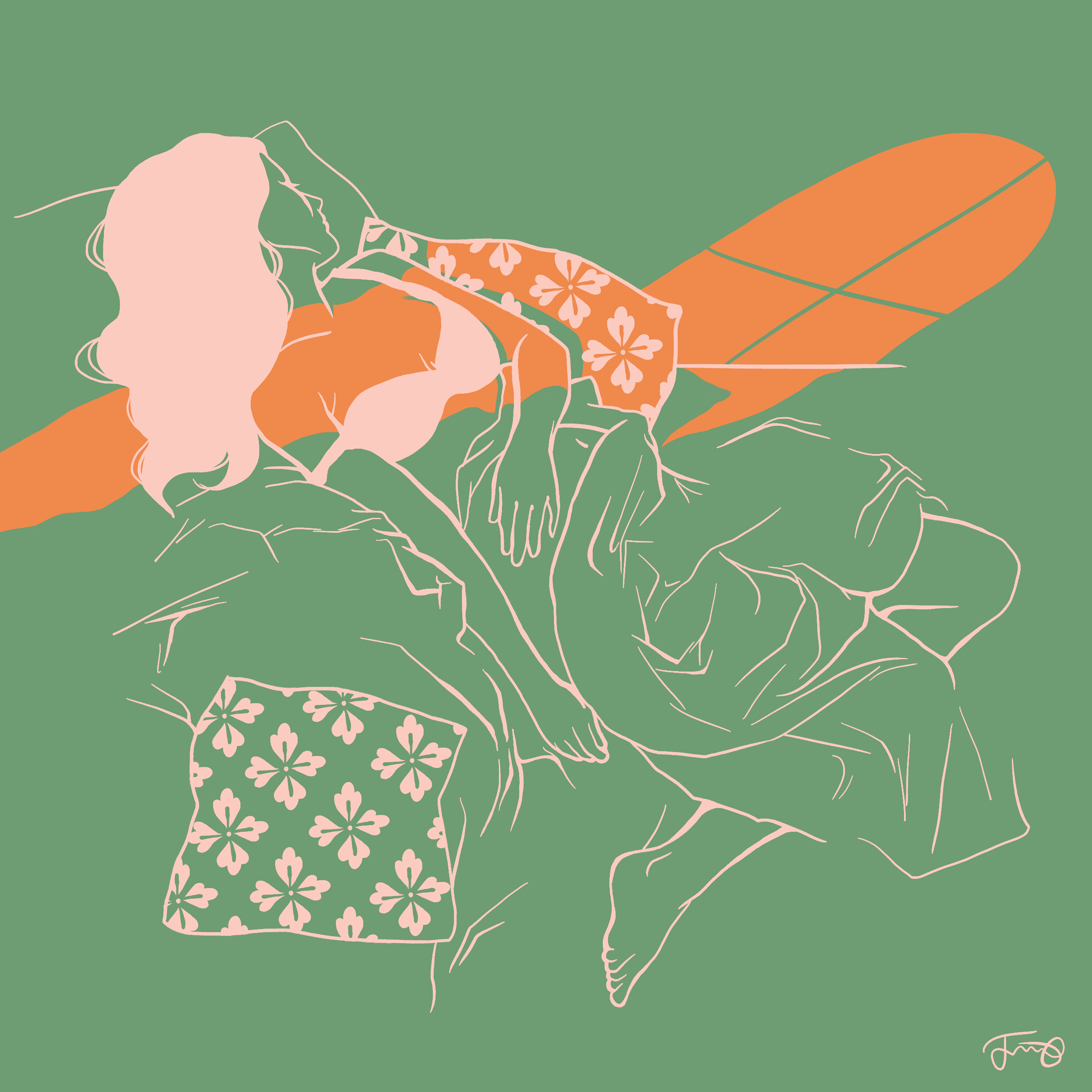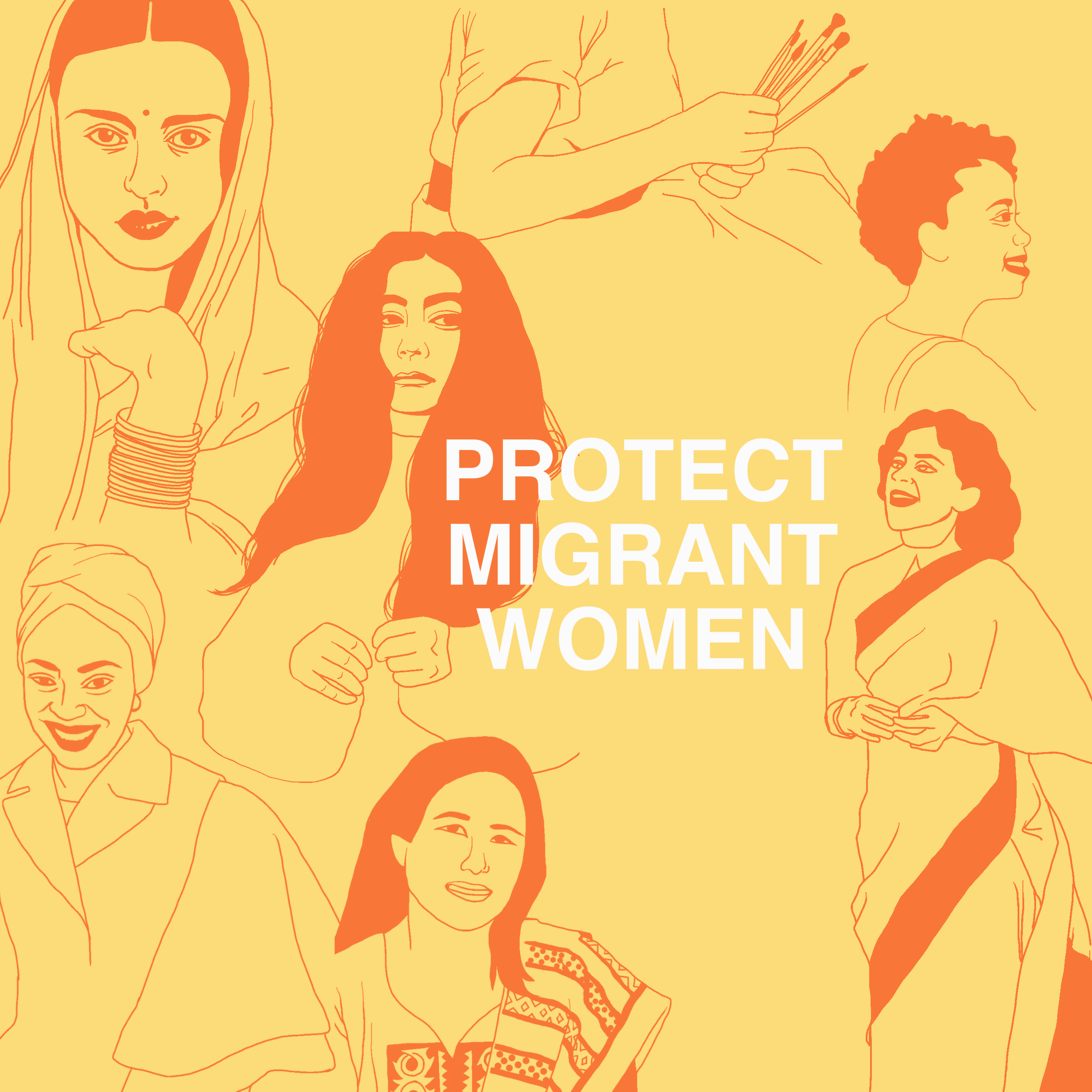ARTISTS TO KNOW: FRANCINE BESAS
FRANCINE BESAS
Filipina artist based in New Zealand who is exploring psychedelic themes, colors and patterns in her work while partnering with Shakti, a migrant refuge for women, to help share the voices of minorities.
SHEER: Tell us a little bit about your background and what your first introduction to making art was?
FRANCINE BESAS: I’m Filipina. I was born in the Philippines and was 3 years old when my parents immigrated to the USA, where we lived in Missouri and California. I was 11 when we relocated to Wellington, New Zealand where I still live now, and adore. My next chapter is moving over to Melbourne, Australia in just a few short months, after my 25th birthday. It’s always a little bit of mouthful to answer, “where are you from?” But my relationship with my cultural identity plays into my work more & more these days.
I think I have always been drawing, doodling on walls as a baby and such. My parents are both creatives and would draw pictures for my brother & me when we were little- anything we requested. Then there came a time they told us to try it ourselves. My dad draws and paints incredibly realistically and I wanted to be just like him.
SHEER: How would you describe your art style and in what ways has it grown since you began making art?
FB: I always find it really hard to describe my style. Currently, I would say pretty simple but exploring psychedelic themes, colours, and patterns more.
I used to draw animals a lot, but at maybe 6 or 7 I started making a serious effort to get better at drawing like my dad, so I began to draw people. I’d always ask my dad for feedback, which he was happy to give me. At the time, getting things exact was the most important thing. And being such a music lover, I gravitated towards drawing portraits of my favourite musicians. Even now, almost all of my work is inspired by songs, usually love songs that bring up a lot of emotions.
Eventually I began to realise- being able to portray things with precision is great, but I thought I was lacking in genuine creativity and imagination. I envied people who had a distinct style and could draw freely whatever came to their minds. I thought that was more valuable than being able to essentially copy an image of something. I feel very far from knowing what my style is, but I try to be more illustrative, express things with just a few simple lines, and to evoke feelings through colour- I’m trying to do a lot with a little.
SHEER: How do you approach representing women of color in your work?
FB: Last year I drew a handful of female artists of colour to promote an art auction fundraiser for Shakti- a refuge for migrant women of Asian, Middle Eastern, and African descent who are escaping domestic abuse. This was the piece that made me want to start actively portraying women of colour more often. To feel like you can relate to someone and know they’d understand your background and the struggles that inherently come with not being white- even to see people in art that look like you- it’s really powerful. I just want to see more brown skin in art, and more obviously ethnic features. That’s where I’m starting.
SHEER: What are your favorite tools and programs to work in? Is there any other medium you hope to experiment with and learn more about?
FB: My background is in traditional drawing and painting; I love getting new things to play with- POSCA pens, watercolours, ink, etc. But my work is more digital these days since brother got me a Wacom Intuous tablet two Christmases ago. I use it absolutely all the time with the free basic programme it came with: Painter Essentials 5. It’s quite limiting compared to something like Illustrator, but at present it’s sufficient, and I feel right at home with my tablet since the manner of drawing is still very much analogue. No vectors or even the ability to rotate an item you drew. It’s a welcome challenge to try being resourceful while using relatively inhibiting tools.
I do eventually want to know my way around the Adobe Creative Suite, especially now that I am dabbling in animation, and I also want to get myself an iPad and Apple Pencil. I feel like they will help me create higher quality and more professional work in the future, and will ultimately be quicker for me.
SHEER: You’ve worked closely with organizations that raise awareness around migrant women and the issues they face in New Zealand. How did you get involved with this cause and in what ways does your artwork aim to amplify the message?
FB: I worked at LUSH Cosmetics for four years, and because they are an ethical campaigning company they are connected to many grassroots charities and organisations and that’s how I heard about Shakti. It’s such an incredibly necessary group because so much domestic violence goes unreported as is; New Zealand is known globally as a safe place but it actually has the highest rate of domestic violence in the developed world.
Things can be all the more difficult if you are a migrant woman - maybe you don’t know enough English to ask for help, or are bound to your abuser due to your cultural norms. You may not be able to return home for shame, and also lack of own money. What Shakti has that is extremely important is cultural competence. That is the message I try to communicate most. They understand the obligations that lie within certain cultures. As a woman of colour, all you want is to be understood. Like many children of first- generation immigrants, I am always trying to reconcile with my own cultural identity.
Shakti’s services range from helping women learn skills for developing their independence, to removing a woman from an emergency situation and rehoming her in a safe house. For some reason, their Wellington branch is the only one not receiving government funding which it so desperately needs. Last year I sold some merchandise to fundraise for Shakti.
Until the next fundraiser, with my art the goal is to just to make something nice to look at and then use that as a chance to share the voices of minorities and hope to make them feel seen and heard.
SHEER: Do you draw inspiration from any other artists or particular genres and how do you make it your own?
FB: I am inspired by artists everywhere, all the time! Tattoo artists especially. Currently what I look for the most is interesting or unconventional use of colour or very stylistic renderings of people. I’m just blown away by artists who can draw people in such a fun way, probably because my style is still pretty straightforwardly realistic and I find it hard to break away from that. Frankly I’m not sure I ever will! But I try to apply tattoo elements in my work. I love the formatting of a flash tattoo sheet- I find them so striking. I also love traditional subjects such as women, sacred hearts, panthers and tigers, etc, and often using minimal colours goes a long way. Becoming a tattoo artist is a long-time goal of mine, so I’ll be trying various styles until my own is much more distinct.
SHEER: If you could use three words to describe your art style, what would they be?
FB: Simple, neat, emotive.
SHEER: What lasting impact do you hope to make with your artwork?
FB: Firstly I really want people to believe that absolutely anyone can make art. That’s what I would have told my younger self when faced with self doubt. You don’t have to be the most skilled or have formal training or have specific equipment to make something great. I studied Graphic Design at university and failed. It was a hard pill to swallow that it just wasn’t in me to study anymore, when I had grown up being told I’m talented and I used to be so academic (strict Asian parents + the crushing weight of making their hard work and the sacrifices that come with immigrating worth it, y’know). It’s rewarding to create things that make you happy, or help you to express feelings that are hard to put into words. You never know who will see your work and find that it really resonates with them.
And again, I’d like to use my artwork to share the voices of minorities and help them to feel seen. I intend to continue fundraising/raising awareness for groups like Shakti. At the end of the day, organisations that do such important work like them need money to operate. I want to help people find donating as easy as possible by giving them something beautiful in return to take away.







